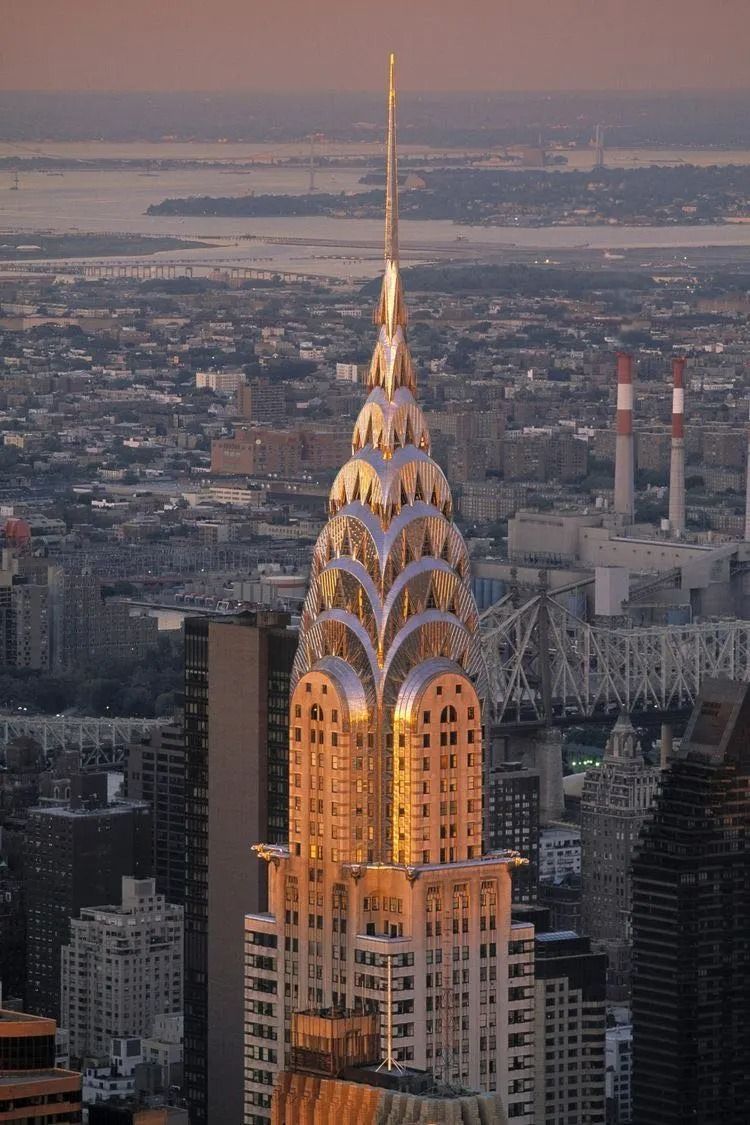Art Deco is a renowned art and design style that first gained popularity in Europe in the early 20th century. It is characterized by its bold geometric shapes, rich colors, and lavish ornamentation, and it became synonymous with the glamour and opulence of the Roaring 20s.
The Origins of Art Deco
Art Deco originated in Paris in the 1920s, a time when the world was recovering from the devastation of World War I. It was a celebration of modernity and progress, and its sleek and symmetrical designs reflected the optimism of the era. The style was heavily influenced by a diverse range of sources, including the art of ancient civilizations, modernist movements such as Cubism and Fauvism, and the technological advancements of the time.
Key Characteristics of Art Deco
One of the most striking features of Art Deco is its use of bold geometric shapes, such as chevrons, sunbursts, and zigzags. These motifs were often paired with luxurious materials like gold, chrome, and exotic woods to create a sense of opulence and luxury. Another defining feature of Art Deco is its use of rich, vibrant colors, such as deep blues, emerald greens, and vibrant reds, which added to the overall sense of decadence.
Art Deco in Architecture
Art Deco had a significant impact on architecture, with its influence seen in the design of skyscrapers, theaters, and public buildings. The style favored clean lines and streamlined forms, with buildings often adorned with intricate decorative details such as stylized floral motifs, stepped setbacks, and ornate friezes. One of the most famous examples of Art Deco architecture is the Chrysler Building in New York City, whose gleaming metallic spire and intricate ornamentation epitomize the style.
Art Deco in Interior Design
Art Deco also left its mark on interior design, with its emphasis on luxury and glamour evident in the design of furniture, lighting, and decorative arts. The style favored bold and dramatic pieces, such as lacquered furniture, mirrored surfaces, and exotic materials like shagreen and tortoiseshell. In addition, the use of geometric patterns and symmetrical designs added to the overall sense of sophistication.
Art Deco in Fashion
The influence of Art Deco extended to the world of fashion, with designers embracing the sleek and modern aesthetic of the style. Women’s fashion in the 1920s reflected the spirit of Art Deco, with its emphasis on the silhouette, bold patterns, and luxurious fabrics. The style also influenced the design of accessories, such as statement jewelry and elaborate headpieces, which added a touch of glamour to the overall look.
Art Deco Today
While Art Deco reached its peak in the 1920s and 1930s, its influence can still be seen today in the world of design and fashion. Its timeless appeal and sense of sophistication continue to inspire contemporary designers, who often incorporate elements of Art Deco into their work. Whether it’s a sleek modern building, a bold piece of jewelry, or a glamorous evening gown, the spirit of Art Deco lives on in the 21st century.
In conclusion, Art Deco is a captivating art and design style that has left an indelible mark on the world of design and fashion. Its bold geometric shapes, lavish ornamentation, and sense of opulence continue to captivate and inspire, making it a timeless and enduring style. Whether you’re a fan of period pieces like The Great Gatsby and Chicago or simply love the glamour of the Roaring 20s, Art Deco is a style that is sure to captivate and inspire for years to come.
You can review our digital products by following us on Etsy.





